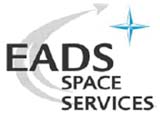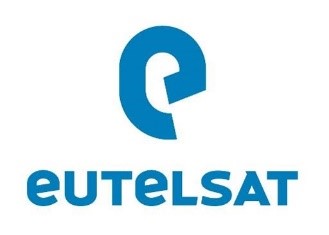
-
StatusCompleted
-
Status date2011-11-16
-
Activity Code1A.011
The objective of the DDSO study is to assess the contribution that satellite technologies could bring into a global European federated programme to bridge the digital divide on a pan-European scale, including the 25 European Union countries, plus Bulgaria, Romania, Turkey, Albania, Andorra, Bosnia-Herzegovina, Croatia, Former Yugoslav Republic of Macedonia, Liechtenstein, Moldova, Monaco, Norway, San Marino, Serbia and Montenegro, Switzerland and Vatican City.
The study aims to consolidate the understanding of broadband market needs from now until 2020; derive appropriate mission requirements, system specifications, and then design, size, assess costs, performance and benefits of the most appropriate satellite-based solutions.
The study puts emphasis on the need to follow a stepped approach in order to address needs of the digital divide both on a short (Target 1) and medium / longer term (Target 2) basis.
Technical and Accompanying Measures to be proposed for Target 1 are based on the stimulation of demand in order to increase volume of traffic for preliminary economies of scale.
Target 2 has to be endorsed and built as a European Federated Programme, driven by a political willingness to reduce the e-divide at a wide scale level.
The DDSO study aims at defining a programme enabling ESA to address the following key issues:
- Contribute to the implementation of the Lisbon strategy allowing better availability of broadband access services in underserved areas of the EU25,
- Promote the usage of public satellite services over the EU25, make the EU 25 a domestic market for public satellite services and allow structuring of service distributors over Europe.
Main technical issues addressed to meet this goal were related to the identification, development, validation of the key components of new multi-beam flexible payloads embarked on the Alphabus platform and embedded into the most appropriate end-to-end communications system.
As an immediate starter to reduce the digital divide, Target 1 has to take benefit of the existing in-orbit satellite capacity. The Technical and Accompanying Measures proposed in DDSO will enable to aggregate the demand from neglected areas through all European Regions, and will benefit to the whole satellite Telecom Value Chain.
However, to make them a reality, they have to be endorsed by, and do require the involvement and the support of ESA, EC as well as other European Institutions.
The Target 2 reference system studied in DDSO provides an example of development and deployment of an optimized solution in Ka-band to provide affordable services to allow the emergence and growth of a sustainable market over an enlarged Europe service area. The way forward finally retained in DDSO recommends to focus ESA intervention on the most advanced part of the Target 2 system and to enlarge the use of this type of system to complementary services like emergency services to civil security bodies or "welfare" high rate communications means to military users.
Target 1 is defined as a set of solutions rapidly deployable and using current satellite capacity. The objective is to provide an intermediate portfolio of solutions that can immediately answer to main Institutions, SMEs and SOHO needs, at a price cheaper than current solutions, from now up to the availability of a more efficient space segment (Target 2).
For this purpose, the DDSO study has enabled to define a set of Accompanying (political, regulatory, commercial) and Technical Measures. The way forward for their implementation is to proceed through Regional Aggregators: the geographical expansion could be started at Regional levels to build upscaleable agnostic interoperable networks. This infrastructure would be used under the frame of Target 1 and through projects coordinated by ESA and EC to develop application demonstrations, with the objective to promote the actual and cost efficient usage of satellite solutions.
The Target 2 system baseline is based on two co-located satellites in Ka-band providing mutual redundancy and using the DVB-RCS and DVB S2 standards. The first satellite enables a rapid entry on the market from 2008, through the use of a E3000 platform with a 72 beams of 0.5º multi-spot coverage and a conventional type of transparent analogue repeater. The second satellite features attractive capabilities of flexibility in resource allocation and support of independent Network Access Providers; due to be operational in 2010, it is based on an Alphabus platform with a 100 beams of 0.4º multi-spot coverage and an advanced type of transparent digital repeater.
The concept of operation recommends a stepped approach for progressive market penetration, capable to offer sufficient diversity to the custome
The flow of activities has been split into two phases:
- During Phase 1, efforts have been concentrated on market needs characterisation, identification of institutional initiatives around e-divide, identification of technical features of the Target 1 system, preparation of Target 2 mission and system requirements.
- Phase 2 has addressed the Target 2 system and sub-system design, architectural trade-offs, performance, deployment strategy and profitability assessment. The candidate solutions have been benchmarked with respect to end-user benefits and profitability of the value chain. Recommendations have then been provided on public support necessary to reduce market, business and technology risks.
The DDSO study was completed in Q3 2005 and a public presentation was held at ESA/ESTEC in Noordwijk the Netherlands on 22 May 2006.
One of the next steps following this study corresponds to candidate missions in Ka-band currently considered through two of the Phases A of the Alphasat programme.










